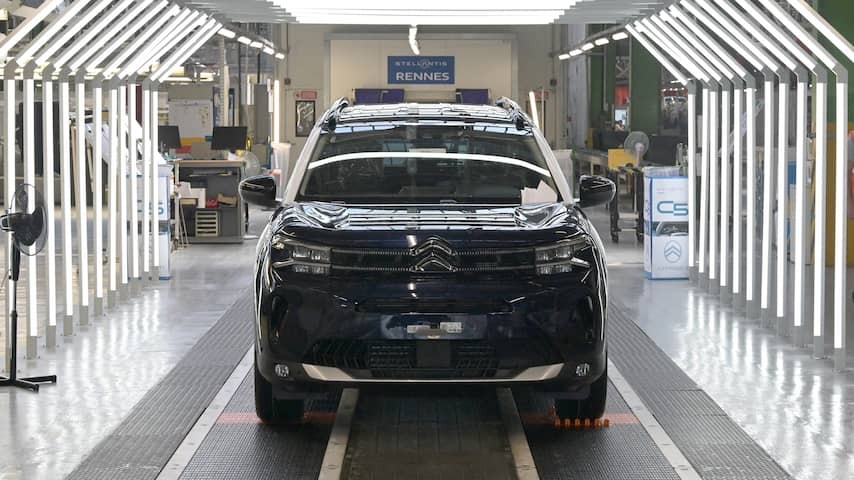
The Car Sales in the EU Increased Slightly in August, But Drivers Are Chosing European Models Less Often. The Market is suffering from American Tariffs and Asian Competition. Fiat and Alfa Romeo Factories Are Temporarily Closing. “It cannot be ruled out that more will follow.”
Even with the New Increase, EU Car Sales Remain Lower This Year and Competition is Increasing. Major European Players Such as Volkswagen and Stellantis Are Having a Tough Time. The Letter Will Close Factories in France and Italy For A Few Week Starting in October, because there are Enough Fiats and Alfa Romeos in Stock. Thousands of Employees must stay home or take a course.
Volkswagen Warned at the End of Last Year About Factory Closures and Managed To Postpone That For The Time Being With A Major Wave of Layoffs. Will More European Brands Follow With Factory Closures?
“I do not rule out that more factories will temporarily close,” Says Marieke Kuijpers, Sector Manager Mobility & Logistics at Rabobank. Stellantis is Taking the Hardest Financial Blows in the Current Car Market. The Group Owns Fourteen American and European Car Brands and is like a child in the middle of Quarreling Parents.
“For Example, The Factories for American Brands are locationed in Mexico and the EU, and now have to pay High Import Duties,” Says Kuijpers. “The European Factories are struggling with Lower Sales, because there are more competitors on the continent, for example from China.”
It does have advantages that the group is so large, because it can reuse a lot of technology and designs for different brands. That efficiency makes the cars cheaper, but they also start to look more alike, accordance to kuijpers. “New competitors of sacrifice a model with more innovation for the same price.”
Stellantis Mainly Owns French and Italian Brands. Yet the German Car Industry, The Largest in Europe, Partly Has The Same Problems. The 15 percent import duty on European car parts to the us is Lower, but accordance to the German minister of Economic Affairs Still “A Considerable Burden”.
Germany is also struggling with Poorer sales in China, which is also exporting its own car brands more to the west. In this way, the Chinese are slowly but a surely bartle share from European car manufacturers. Bovag Predicted at the Beginning of this year at the Current Rate, 10 percent of the cars in Europe Will Be Chinese in 2030.
The Car Sales in the Eu Were on the Rise Again in August, But Kuijpers does not find that convincing yet. “It may only be following the growing European economy.” There is also more Certainty Within the Eu Since the Trade Deal with the American President Donald Trump was confirmed at the end of July.
It is unlikely that the year-end sprint will be enough to get European car sales up to scratch. Kuijpers expects that European brands will be overtaken by asian brands for the time being, and not only from China. “The Korean Kia and Hyundai and the Japanese Toyota Are Doing Very Well. They are simply ahead of us with electric and hybrid models. They have better technology and more supply.” Plug-in Hybrid Cars in particular are Currently Being Sold in Europe.
The European Car Industry Remains in Heavy Weather, Despite Protectionist Measures by the EU, Such as Higher Import Dekens on Chinese Models. It is Encouraging That Not All European Cars Are Having A Hard Time. Some premium brands Such as BMW Continue to Sell stable in Europe and the Extremely Luxurious Ferrari is equally growing.
“These brands have a rich history, so drivers are not quick to switch brands,” Says Kuijpers. “The Jump from an opel to a Toyota is much narrower.”